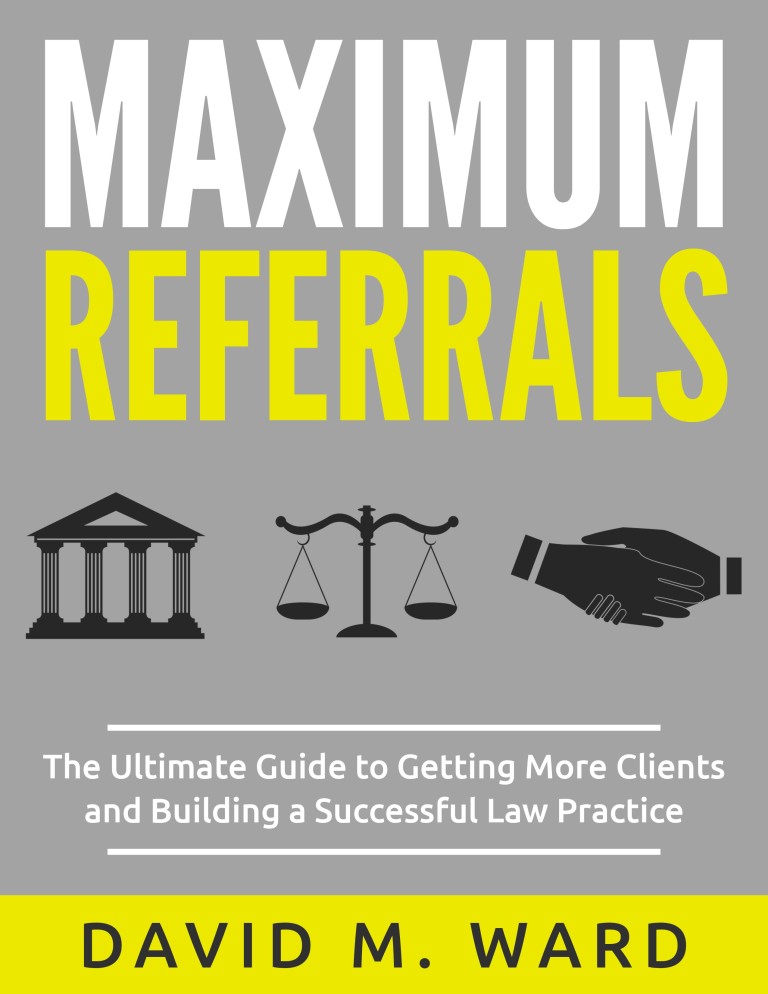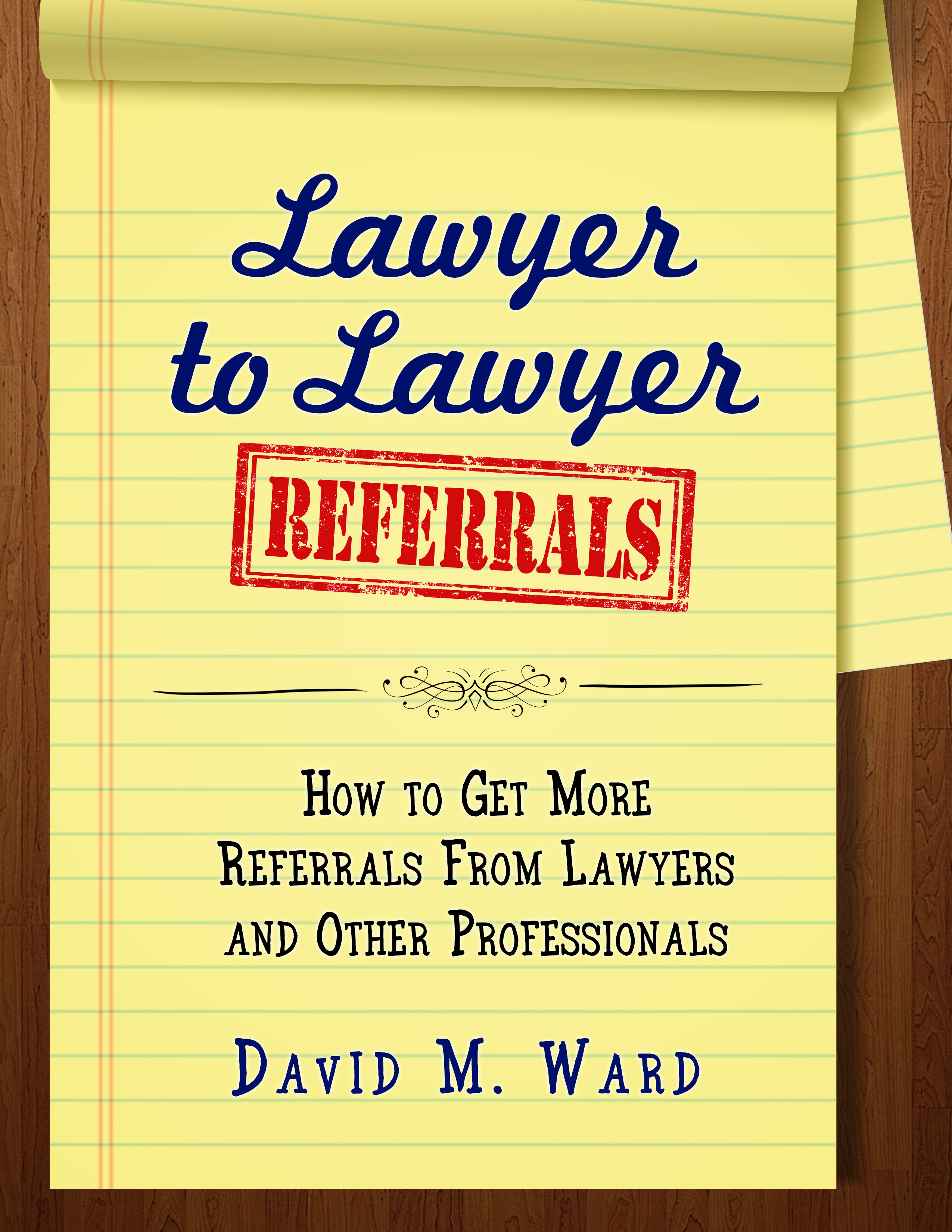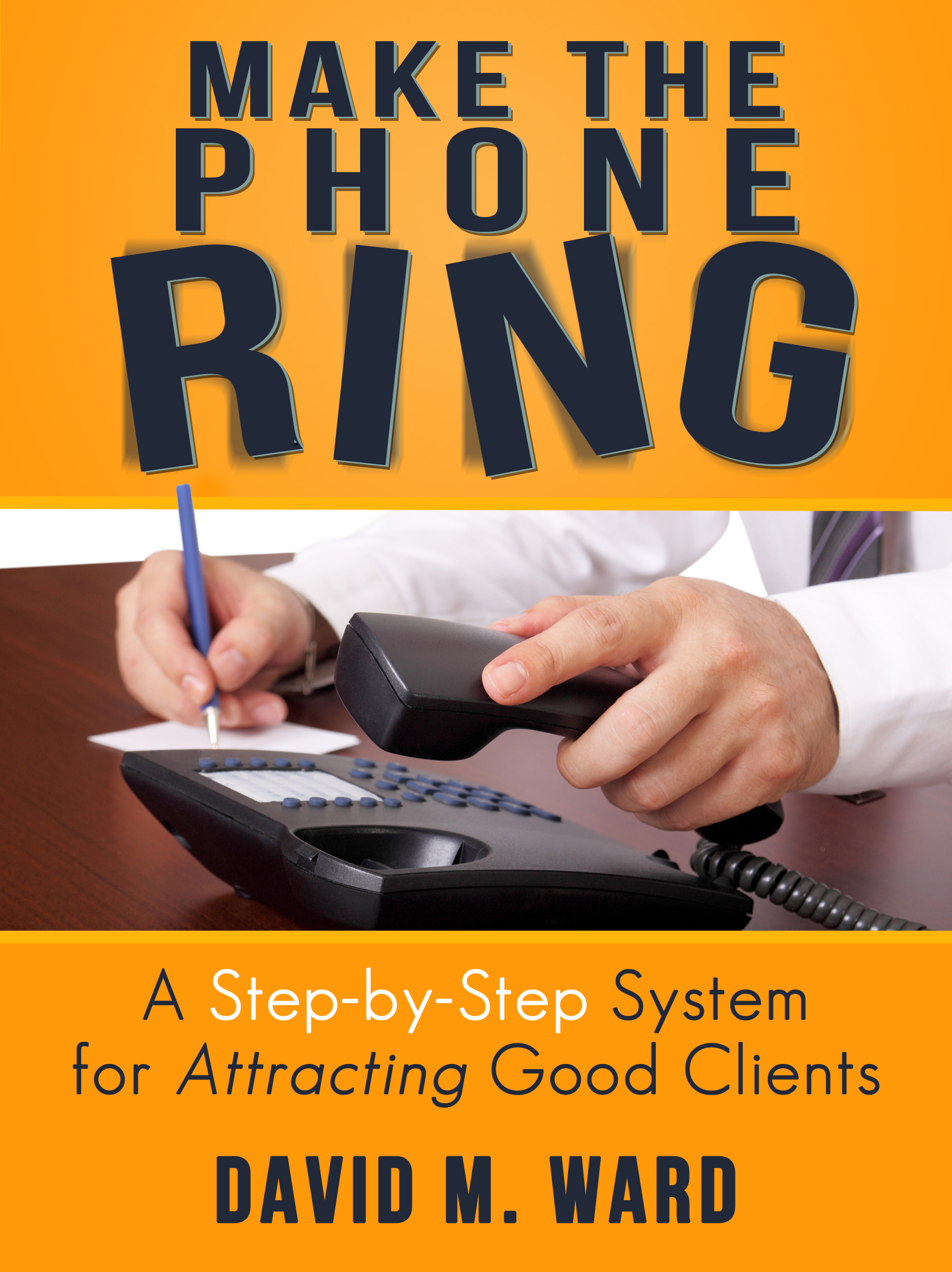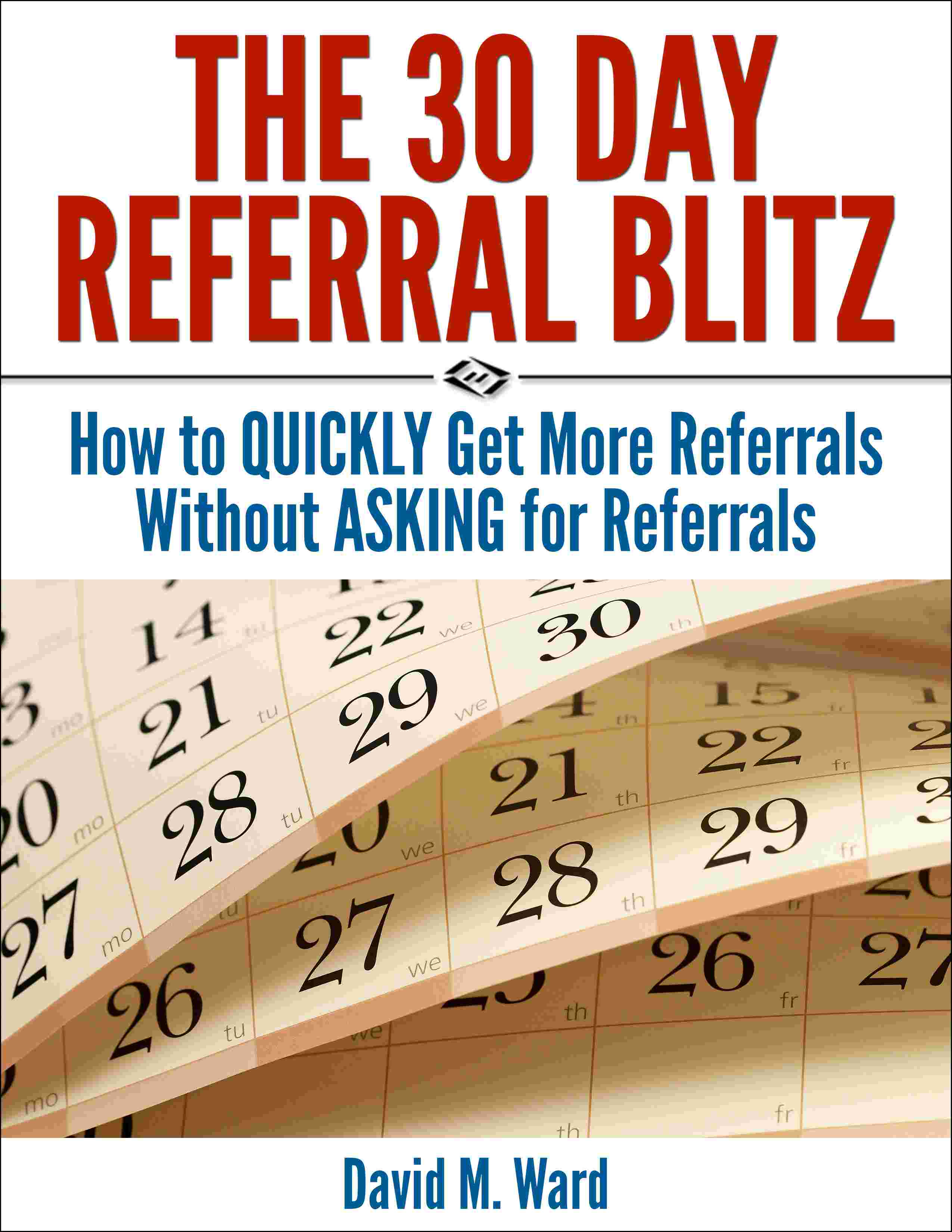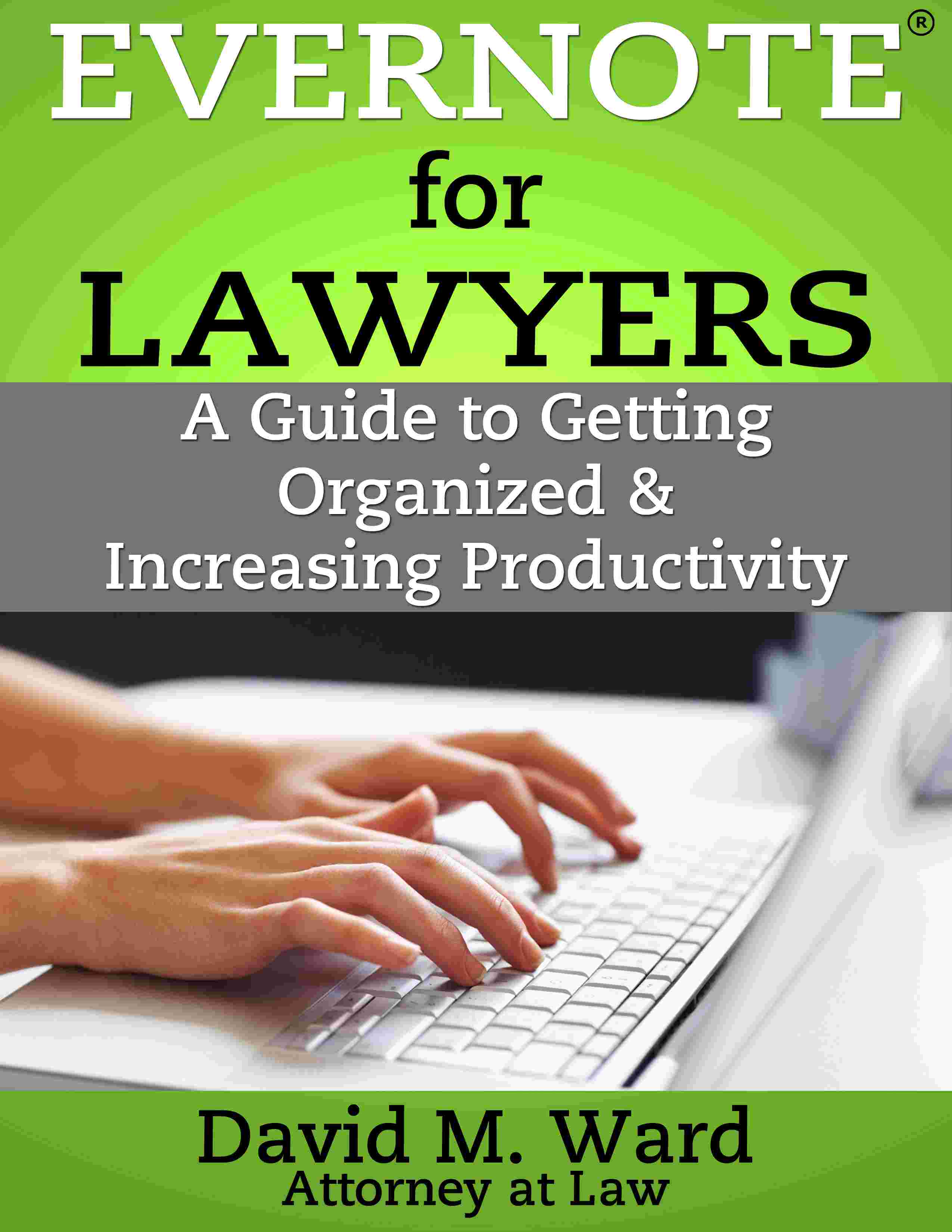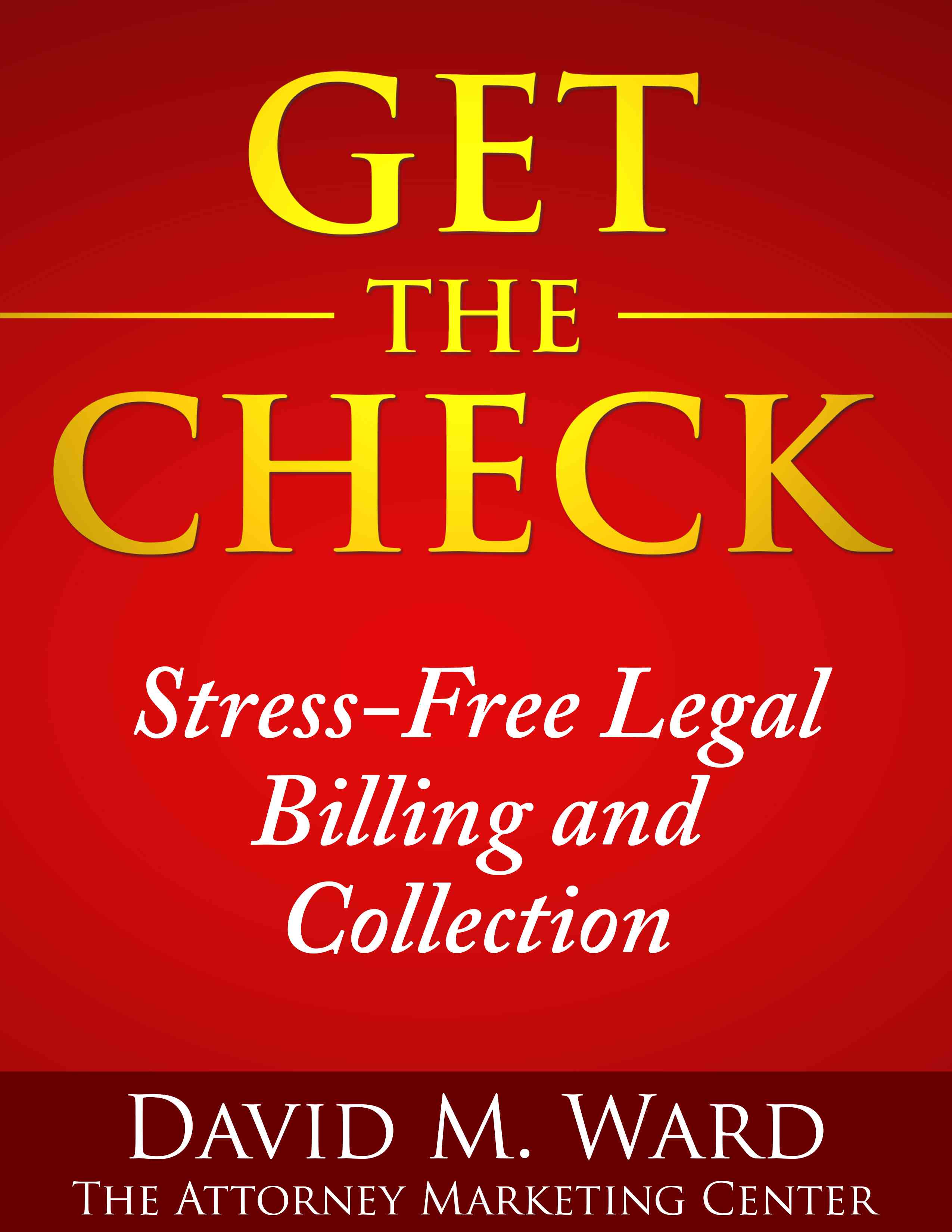Look at your todo list(s). Too much to do, right? Where do you start? You start by prioritizing your list, so you can focus on what matters most.
There are lots of ways to do this but here’s a good place to start:
Next to each task, write down why you’re doing it.
Is it something you have to do to deliver work product or results to a client? Are you doing it because harsh penalties will result if you miss a deadline? Are you doing it because it is a key step towards achieving an important goal?
Whatever it is, verbalize it (mentally) and write it down.
In thinking about each task, you may discover that you’re doing some things out of habit but that those things don’t contribute much to your growth. You can safely eliminate them, defer them, or delegate them to others.
You may discover that you doing certain tasks in a perfunctory manner, not really giving them the attention they deserve. As you realize this, you’ll be prompted to allocate more time or resources.
When you know why you’re doing something, you’ll be better able to manage your priorities. The next time you look at your list and the “reasons why” look back at you, you’ll find yourself being more intentional about your choices and more effective in your results.
Why did I write this? To remind you that there are referrals waiting to be had and encourage you to let me help you get them.


